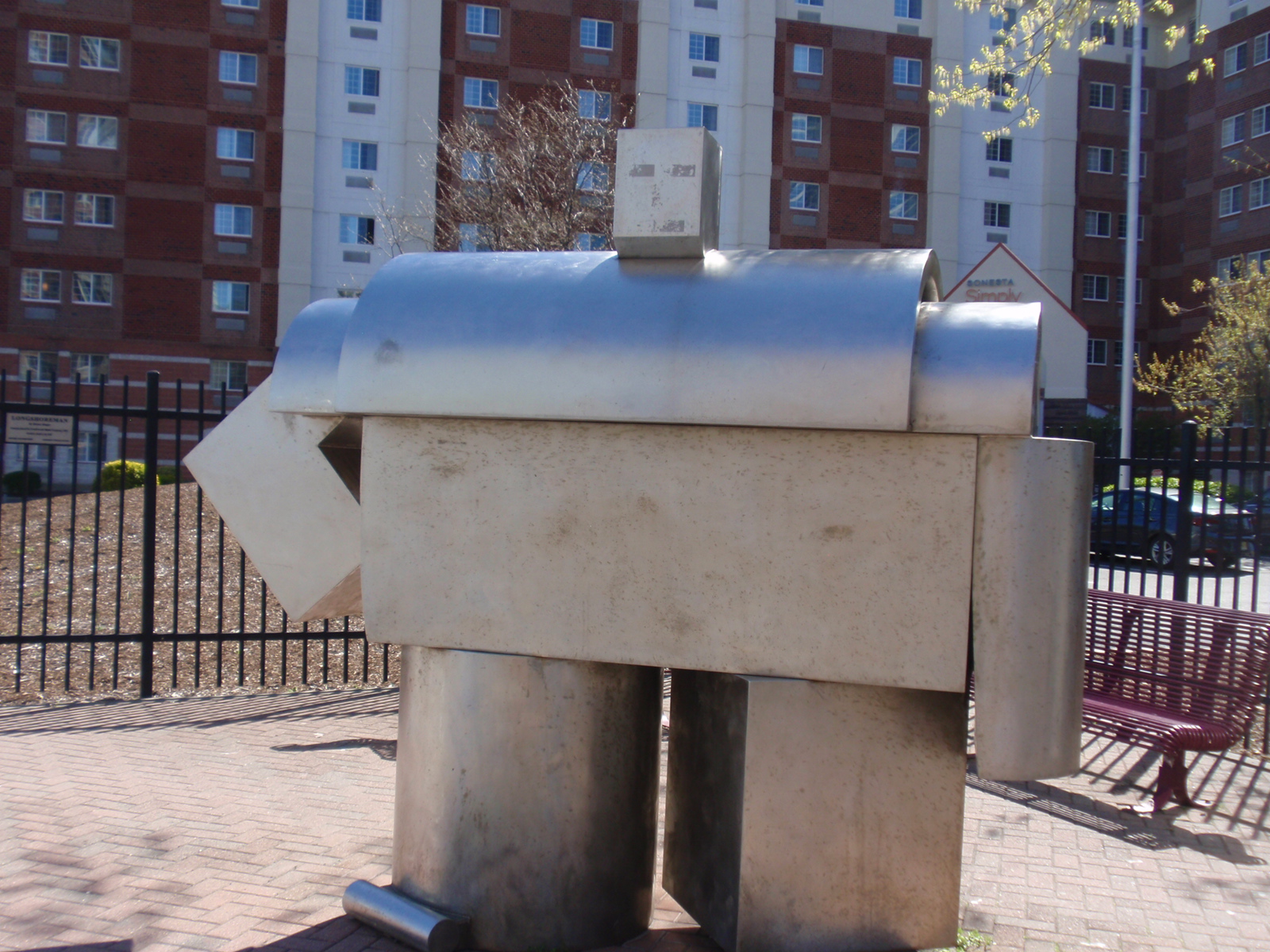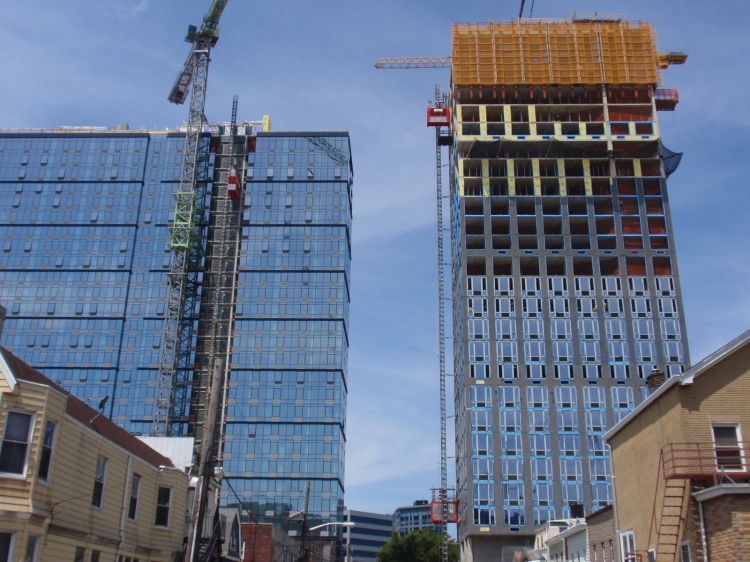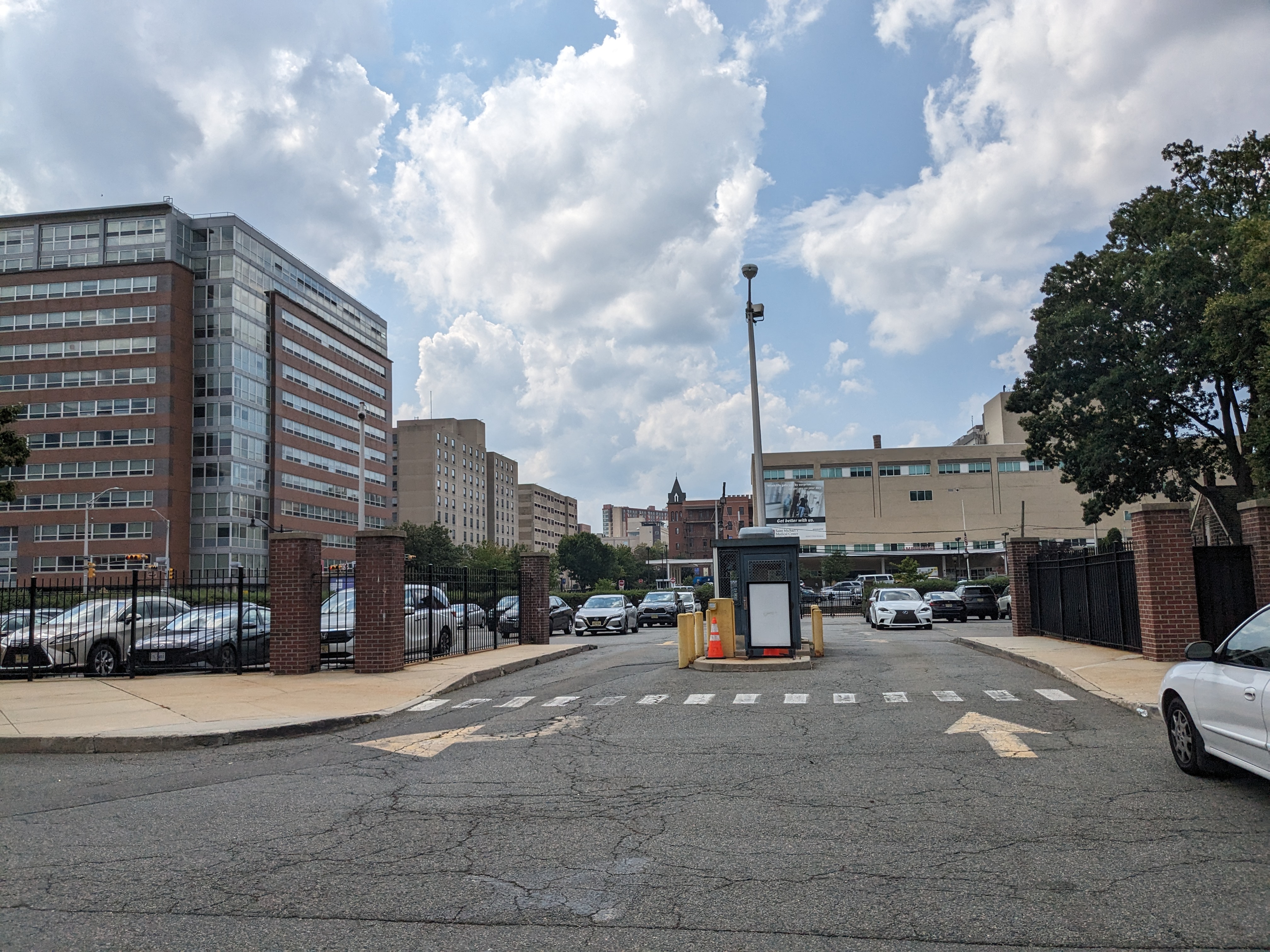In Jersey City art seems to be everywhere. It’s on the walls of buildings as well as in their lobbies. Developers are creating “art walks” – displays of art works along pathways outside their buildings. More art galleries have emerged in recent years as well as tours of them and artists’ studios. Jersey City, like Newark and many other cities, has designated several areas of the city as “arts districts” – sections with a high concentration of the arts.





Today, museums as places of art, are playing a larger role in cities because of a need to sustain themselves and grow, but also because city officials see them as important to urban growth. They have become part of a broader urban revitalization strategy of cities to use culture and the arts as tools of economic development.

The emphasis on the arts is part of a long term trend among cities as places of consumption rather than production. For many city officials, the arts are part of an economic strategy to attract investors, new residents and visitors to revitalize urban neighborhoods. This strategy is linked to another long term trend – the return of many professionals to cities to be closer to work and leisure. They come with an appreciation for the arts as well as for the prestige associated with knowledge of them. This has not been lost on city officials and developers who have prized them as residents and visitors.

Some cities, like Jersey City, are establishing outposts of famous, elite museums to city centers to stimulate investment and attract new businesses, residents and tourists. In 2021, the city moved to partner with the French contemporary art museum, the Centre Pompidou to make Journal Square, the city’s main transportation hub, an arts center. As the mayor said:

The cost to the city and state in getting the Pompidou x up and running is estimated to be $58 million. And, according to one critic, the state of New Jersey says the ultimate cost of the museum could be $200 million. On hearing this, the mayor said the investment is still worth it in terms of the economic benefit to the city and region.

In addition to its collaboration with the Centre Pompidou, the city has partnered with an entertainment company to renovate the Loew’s theater in Journal Square to become a major entertainment venue. The cost of renovating the Loew’s has gone from $72 million to $105 million and it is unclear how much of it will fall to the city or its partner, Devils Arena Entertainment.

Making Journal Square a destination for the arts is part of the city’s redevelopment plan for the area which provides zoning variances for developers who include arts facilities in their projects such as art galleries and cafes. The plan also rezoned the area for the construction of much taller buildings. This greatly increased property values attracting luxury housing developers and set the stage for the arrival of new affluent residents and visitors as consumers of the arts.

The arts and luxury housing are also linked in another kind of redevelopment project in Newark. However, this project is not sponsored by the city but by the museum itself. In 2022, the Newark Museum of Art partnered with a developer to create Museum Parc, an $85 million mixed-use commercial/residential project with the goal of becoming the “Centerpiece of Downtown Arts District in Newark.” it will include 250 housing units with 20 percent of them set aside as moderate income for the city’s families and artists. This partnership will also allow the museum to enlarge its galleries, overhaul its education center as well as other facilities. To make this project work, the museum sold two of its parking lots to the developer in a deal that includes a 99-year lease for the museum on this property.

Newark’s museum, like many publicly funded museums today, needs to find alternative sources of income to support itself and expand. As its Director and CEO, Linda Harrison said,“ If we’re going to be a financially stable and sustainable cultural organization then we had to look at new models – different models – of revenue,” And, like other museums and arts organizations, Newark museum has turned to the market to sustain itself and grow. This trend can be seen across the country as museums and other arts organizations are pairing up with developers to incorporate housing, retail and restaurants in redeveloping their institutions.

Like Newark’s museum, the Centre Pompidou in Paris looked to the market several years ago to help support the museum and to pay for costly upkeep and renovations. It now has outposts in Malaga, Brussels, and Shanghai and has planned more in Seoul, South, Korea and Saudi Arabia. It is scheduled to open another one in Seoul in 2025 and in Jersey City in 2026. Establishing franchise versions of the museum will become more important as a source of income when the museum’s headquarters closes for four years for renovations later this year. And while the museum is publicly financed, it relies on partnerships and sponsorships for added income.

While the Newark Museum of Art and The Centre Pompidou are very different museums with different kinds of art and audiences, they are similar in their need to turn to the marketplace to sustain and expand their operations. They are selling assets (land) in one case and renting assets (paintings) in another to generate income. In the process public goods like museums are becoming more privatized, serving private interests in the redevelopment of cities.
Follow This Blog
Get new content delivered directly to your inbox.
- Gentrification Math & the False Promise of Affordable Housing
- Why is the City Selling Public Property to Luxury Housing Developers?
- Why So Much Luxury Housing in a City Where Most Can’t Afford It?
- Why Do So Many New Apartment Houses Look Alike?
- Signs of Gentrification: House Numbers, Their Color and Design

Well written and analyzed without overstating the issues.
LikeLike